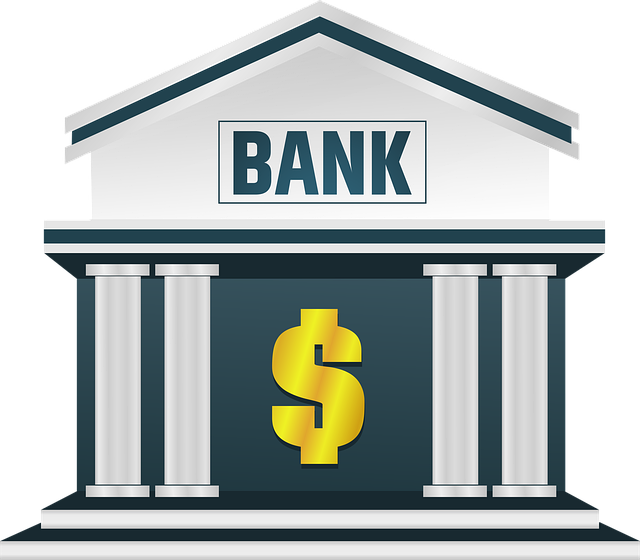Alternative loans are transforming business funding by offering flexible, accessible solutions for diverse sector needs, especially catering to those excluded from traditional banking. These non-conventional loan options include peer-to-peer lending with faster access but higher rates, and asset-based financing secured against business assets. Lenders assess cash flow, assets, and performance, enabling adaptable loan terms and collateral types, such as accounts receivable or intellectual property rights. This ecosystem serves entrepreneurs with varied funding requirements, providing a safety net for lenders through collateral to mitigate risk.
In today’s dynamic financial landscape, alternative loans have emerged as a vital option for businesses seeking funding outside traditional bank channels. Understanding the collateral demands of these loans is crucial for entrepreneurs navigating this evolving ecosystem. This article delves into the complexities of collateral in alternative financing, exploring its definition, types, and how it differs from conventional bank loans. We’ll guide you through the varied collateral requirements, helping you identify suitable loan options that balance risk and reward with your business funding needs.
- The Landscape of Alternative Loans
- – Definition and types of alternative loans
- – How they differ from traditional bank loans
- Collateral Demands: A Closer Look
The Landscape of Alternative Loans

In today’s dynamic economic landscape, businesses are increasingly turning to alternative loans to meet their funding needs. These loan options, often provided by non-traditional lenders, cater to a diverse range of business types and sizes, filling gaps left by conventional banking institutions. Alternative loans have gained popularity due to their flexibility in terms, faster approval processes, and the ability to offer customized solutions to unique business challenges. From startup capital to working capital needs, these financing options are transforming how entrepreneurs access funds.
The market for alternative loans is vast and evolving, with various types of lenders entering the space. Online lenders, peer-to-peer platforms, and specialized financial technology (fintech) companies offer a multitude of loan products, each with its own set of terms and conditions. This diverse ecosystem provides businesses with a wide array of choices, allowing them to select the most suitable loan option based on their specific requirements. Understanding these collateral demands and loan terms is crucial for business owners seeking to navigate this landscape effectively and secure funding that aligns with their goals.
– Definition and types of alternative loans

Alternative loans, also known as non-traditional or hard-to-classify financing, offer unique loan options for businesses with diverse funding needs. These loans differ from conventional bank loans in terms of structure and eligibility criteria. They are often tailored to serve specific sectors or business types that may struggle to secure traditional financing due to credit history, industry nature, or unusual business models.
There are several types of alternative loans available in the market, each with its own set of characteristics. For instance, peer-to-peer (P2P) lending connects businesses directly with individual lenders, often providing faster access to capital but potentially carrying higher interest rates and shorter repayment periods. Another type is asset-based financing, where business assets are used as collateral, securing the loan with tangible property instead of creditworthiness. These loan options cater to various business funding needs, offering flexibility and accessibility in terms of loan terms and interest rates compared to conventional bank loans.
– How they differ from traditional bank loans

Alternative loans, often referred to as non-bank or shadow banking loans, offer unique solutions for businesses with varying funding needs. These loan options differ significantly from traditional bank loans in several key aspects. Firstly, they are typically more flexible in terms of loan terms and eligibility criteria, making them accessible to a broader range of borrowers. While traditional bank loans often require strict collateral and credit score requirements, alternative lenders may provide funding based on other factors such as cash flow, assets, or business performance.
Another notable difference lies in the structure and types of collateral demanded. Traditional loans usually require specific forms of physical or financial collateral, like real estate or inventory. In contrast, alternative loans can demand a variety of collateral, including accounts receivable, equipment, or even intellectual property rights. This diverse range of collateral options caters to different business sectors and allows entrepreneurs to tap into the value of their assets, providing them with faster access to capital to meet immediate funding needs.
Collateral Demands: A Closer Look

In the world of alternative loans, collateral demands play a pivotal role in meeting diverse business funding needs. These loan options cater to entrepreneurs and businesses that may not qualify for traditional bank financing due to various factors like poor credit history or lack of assets. Collateral, however, serves as a safety net for lenders, offering them assurance against potential defaults. This mechanism allows for more flexible loan terms, catering to the urgent business funding requirements of many.
The collateral demands vary across different alternative loan providers and are typically tied to the value of the asset being used as security. Lenders assess the business’s assets, including real estate, equipment, or inventory, to determine their worth and set loan terms accordingly. This process ensures that the loan amount offered aligns with the business’s ability to repay, making it a sustainable solution for short-term or long-term funding needs.






